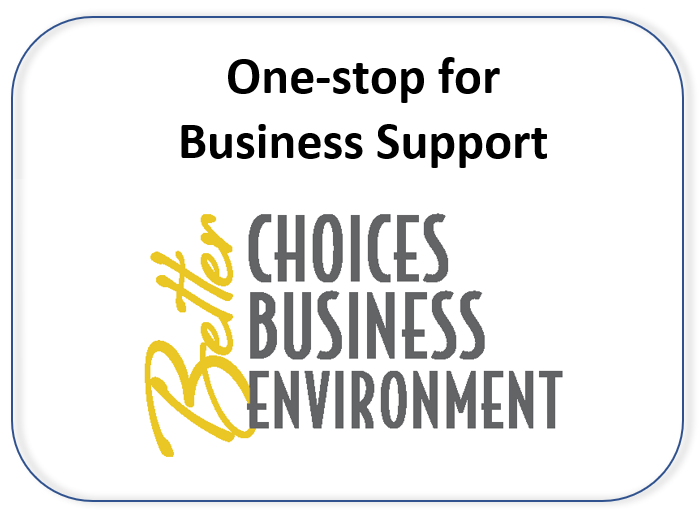Local Engagement Opportunities For Green Tier Participants
Launch the Local Engagement Opportunities Map
Green Tier participants are committed to working towards superior environmental performance outcomes to improve the environmental performance of their facility, so how can they take the next step when they have already made significant progress within their fence line? The outcomes of superior environmental performance also allow for participants to look outside of their boundaries to work with other groups or to voluntarily preserve or restore valuable natural resources.
The Local Engagement Opportunities Map opens the door to new possibilities for achieving superior environmental performance. The map is a way for users to generate visual information that details community and environmental features within a designated search area. Selecting a facility or a specific area of the state, this tool can help identify opportunities to foster on-the-ground improvements in your community. Some of the information contained in these layers include:
- Ecological Landscapes of Wisconsin
- Watersheds and Bedrock Depth
- Outstanding and Exceptional Waterways
- Trout Streams and Ponds
- Important Bird Areas
- Conservation zones
- Impaired Habitats
- Remediation Sites
- State and National Trails
- DNR Managed Properties & Boat Landings
- Sustainable Development Zones
- Opportunity Zones
- And More…
This map is designed to help generate ideas for collaborating on environmental improvement projects. Partnering with your community or local service organizations can help to restore or protect landscape that is important to your business and neighbors. A proactive and collaborative approach to using this map as a tool for environmental action can help guide your business to be an even better corporate citizen while becoming more resilient in the process.
You might also consider using the map as a tool for achieving environmental objectives. This approach can lend insights into the ways that your business directly impacts local environmental features and natural resources. With this information, you can identify how your business operations like storm water runoff, water discharges, air emissions, landfill waste, hazardous substances, and more can interact with the local environment. You can also plan preventative actions, because even an isolated accident or a natural disaster could cause significant environmental degradation.
If you are ready to take the next steps on your commitment to superior environmental performance, we encourage you to use this tool to expand your environmental improvement actions. If you have questions or would like additional assistance, your single point of contact or project coordinator can help you identify potential goals and objectives and put you in contact with the right people to start making progress!
Instruction
- Click “launch” – then wait for map to load.
- Select a “draw mode” – you can choose to use a single point or draw a custom search area.
- Decide on a distance – the map defaults to a 20-mile radius, adjust to your preferences.
- Click on the map – to show the area that you will be searching, you can adjust the settings above to change this area. The red circle is the buffer zone and displays the radius that you chose.
- Click “Report” – to generate the list of local features within your chosen area.
- Scroll through the list – to see the categories that are available, grey categories mean that there are no features for that category in the search area.
- Expand the categories – to find more details for each of the individual items listed under the expanded category.
- Click on the item – to display it on the map in a light blue color.
- Zoom in on the map – to see more details.
- Identify – how your business could interact with these local features to create tangible environmental benefits.
- Contact us – your single point of contact or project coordinator can help identify the right people to help you get started!
- Report progress – be sure to record your initiatives and detail your progress in your Green Tier annual report! We love to hear and share your success stories – we are happy to hear how this tool has worked for you.
If you have any suggestions for this map, please send them to GreenTier@Wisconsin.gov.
Disclaimers
The data shown on this map has been obtained from various sources, and are of varying age, reliability, and resolution. The data may contain errors or omissions and should not be interpreted as a legal representation of the landscape.
Participants are encouraged to work on conservation-based objectives when they have also made significant operational improvements. Before using this tool, you should have a good understanding of the progress made on your internal objectives and impacts. This map can help you take the next steps or provide ideas for an employee environmental team that is looking to do community work. If you have questions or need help identifying additional business objectives, please reach out to your single point of contact or project coordinator.
This map is intended to be a resource for participants in the Green Tier program. Information contained within the map or on this webpage are not considered requirements of the Green Tier program.

